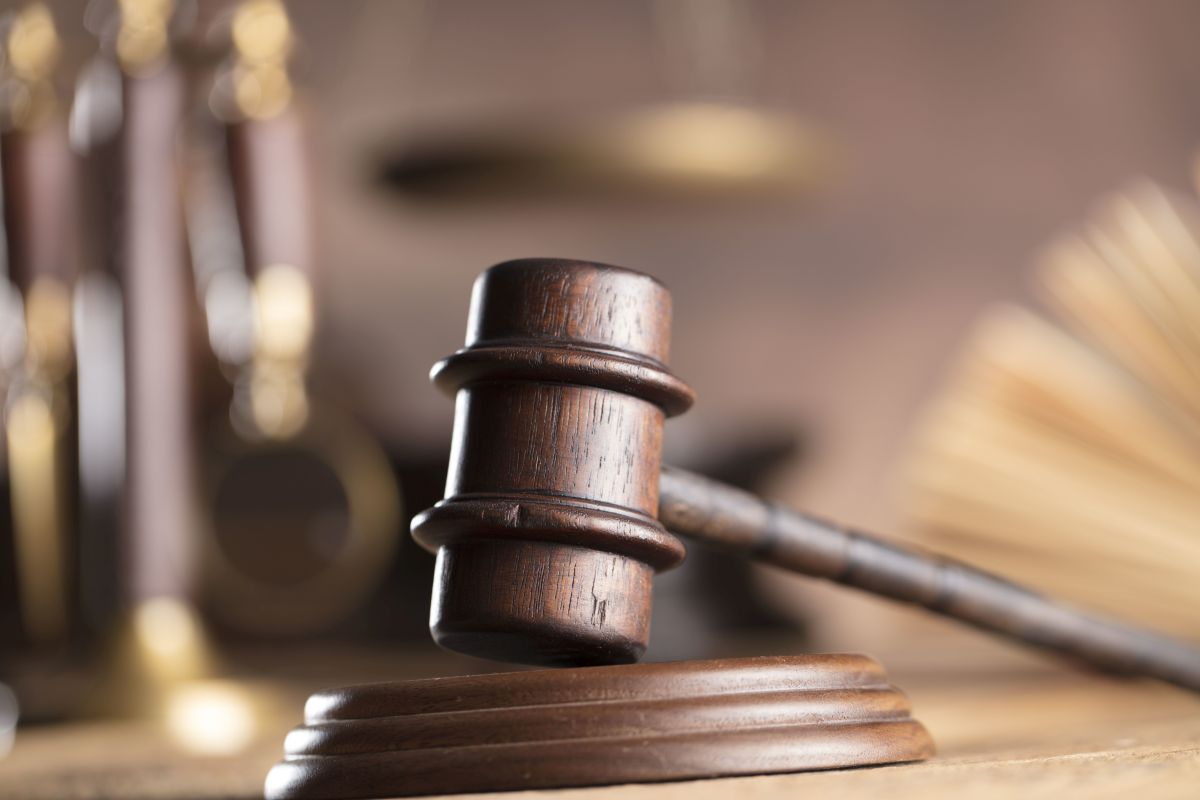SC asks states/UTs to decide on plea seeking to conduct yatras on poll awareness
The bench was told that such orders prohibit all kinds of assemblies, meetings and demonstrations during the duration of elections.
Bonhomie between the executive and judiciary may undermine the independence of the judiciary as enunciated in the SCAORA case, argues ASHIT KUMAR SRIVASTAVA.

Representational image (Photo: IStock)
The recently held international conference of the Chief Justices and judges of Courts across the globe in New Delhi was full of juristic fervor. It is undeniable that something of this scale has not been attempted in many countries, but this commendable job cannot be reason to overlook the fact that it brings a sort of confluence of two sources of power: the executive and the judiciary.
The fact that praise was exchanged between the members of the judiciary and the executive seems a frugal indicator of mutual harmony, but the Constitution of India never really wanted a confluence of these powers. For the very simple reason that the more the executive grows closer to the judiciary, the more the working of the latter turns political in nature, something which the fathers of the Constitution never envisioned.
The judiciary was brought into existence to put a check on the working of the executive or at least this is what we have been told by the judiciary itself.
Advertisement
Throughout Indian Constitutional history, it has been a fight between the executive and the judiciary for primacy. In the 1970s it was the executive that had the upper hand in the working of the judiciary, because it was able to control the appointment of judges, which led to the origin of ‘Committed Judges’.
This inclination towards executive continued throughout the 1980s through the S.P Gupta Case. However, the scenario started to change once the judiciary realised it was time to unhinge itself from the grasp of the executive.
That is why under the SCAORA judgment (1993) (Supreme Court Advocate on Record Association), the Supreme Court decided to shift the balance of power and gave the Chief Justice of India primacy in appointment of judges and since then the practice of judges appointing judges has continued.
Judiciary defends this idea on primarily two grounds – one is separation of power and the other is independence of judiciary. Several attempts were made by the executive in 20 odd years to have some say in the appointment of judges, but all those attempts faced judicial backlash on grounds of separation of power.
The most recent attempt made by the executive was that of NJAC. In the absence of any considerable role in appointment of judges, the executive has attempted to come up with different informal methods to influence the working of judiciary and post-retirement appointments can surely be regarded as one of those methods. In such a situation, how far does it seem viable to see bonhomie between the executive and the judiciary, wherein judges of the Supreme Court praise the executive on a global stage, where several revered members of the judiciary are sitting and vice versa.
Though administratively, such bonhomie may perpetuate the cause of efficiency (filling of vacant seats and boosting the infrastructure for judiciary), yet at the same time it may make severe inroads in the independence of the judiciary, and a probable revival of the phenomenon of ‘Committed Judges’.
The whole idea of the Collegium was mooted and consolidated just to be an alternative to the model suggested by Dr. B.R Ambedkar in the Constituent Assembly. In his 24 May 1949 speech, Dr. Ambedkar had shown distrust in the executive and the chief justice in the appointment of the judges.
That is why Dr. Ambedkar had suggested a compromise scheme for appointments of judges under Articles 124 and 217 under which the executive and the judiciary would both have a say. However, the executive abused the power of appointment and created committed judges, which in turn provided stimulus to the Supreme Court to shift the balance of power to itself, while at the same time coming up with the Collegium system, which has adopted a minimalist approach by reducing the influence of executive in the appointment of Judges.
Thus, this model created by the judiciary is different from the one suggested by Dr. Ambedkar; yet it was claimed by the judiciary in the SCAORA judgment that it is one of the ways that independence of the judiciary could be maintained. However, the growing bonhomie between the judiciary and executive does not endorse the purpose established in the SCAORA judgment.
The writer is Assistant Professor of Law, National Law University, Jabalpur.
Advertisement